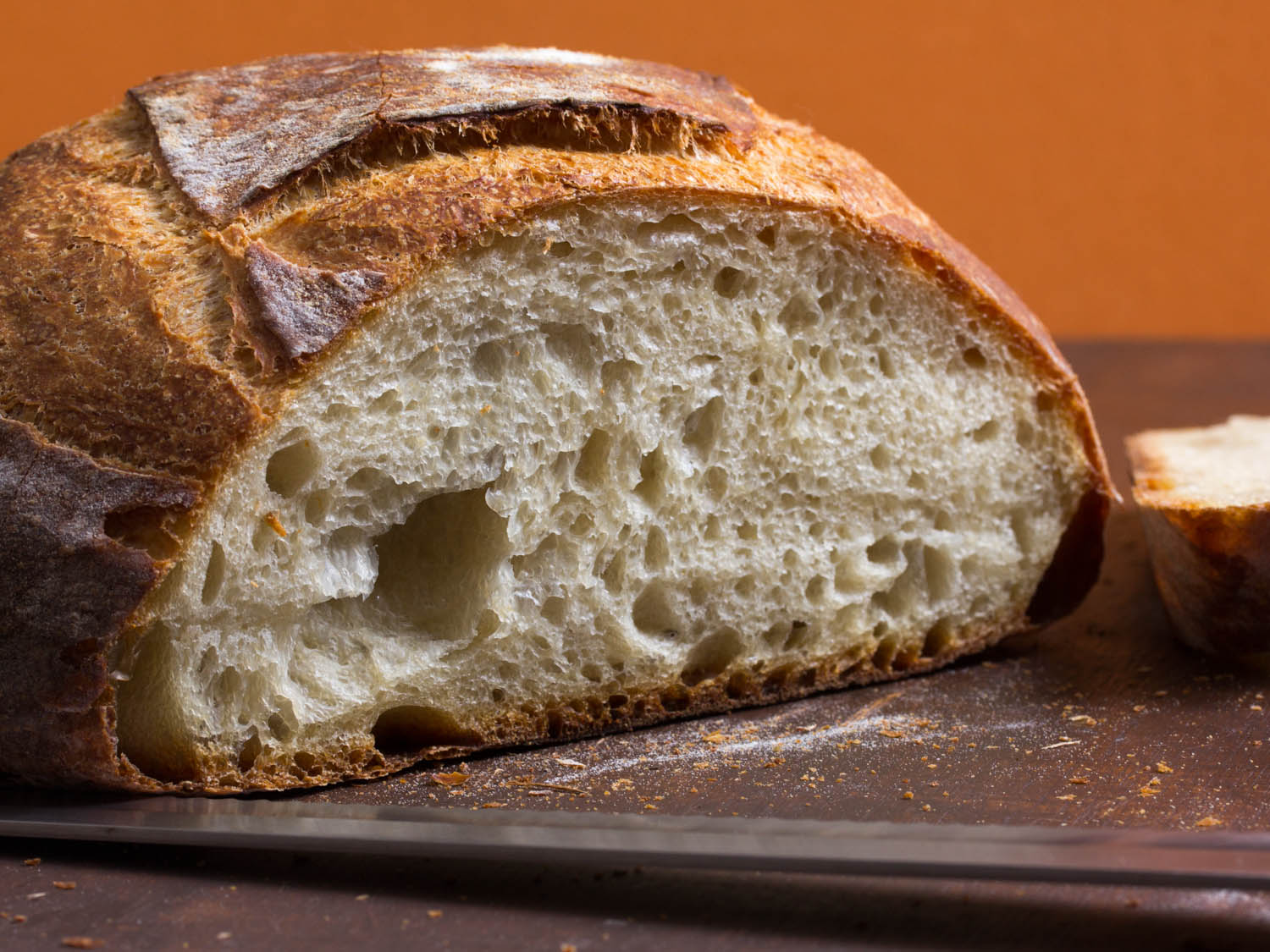Over Thanksgiving Break, I went out on a limb and decided to bake dinner rolls for my family’s feast. I am not much of a baker, so this was an entirely new experience for me. Would they be delectably fluffy and soft like the rolls you buy at the store? Or more likely, would I accidentally produce little bricks of congealed flour and yeast good for little more than throwing at siblings? I found my questioning silently echoed by my family, who had their doubts in my baking ability.
Let’s be real, how many people grew up slathering slices of Wonderbread with peanut butter
and jelly, never giving a thought to how that bread came to be? I, for one, never considered just how one makes bread. It was just another food that came in a package and tasted delicious. But at some point, my days of white bread ended, and my mother started purchasing cardboard for our sandwiches. I mean whole wheat bread. And so the first page in my bread life-history was turned. After getting over the cardboard phase, I realized that bread without pounds of added sugar and bleached grains stripped of anything worthwhile could actually taste good! Gone were the days of making a ball of white bread and cramming it into my mouth, a candy in disguise. Now, I crammed breads
with weird nut things into my mouth (lathered with peanut butter and Nutella of course). But eventually, I hopped on the 30,000-year-old bandwagon of baking my own bread.
Bread, whether soft and pillowy dinner rolls, a slice of cinnamon raisin bread for breakfast, or a rosemary loaf hot out of the oven, can actually be very easy to make. For a basic loaf, all that is necessary is flour, a small amount of sugar, water, and yeast! Yeast are the fantastic little fungi that make bread rise. Mix some yeast in warm water with some sugar, and the yeast become “activated” and munch away at the sugar, creating a carbon dioxide-filled bubble bath party in your chosen vessel.
And fun fact, Saccharomyces cervisiea, or brewer’s yeast, is the same yeast species that makes both your favorite carbohydrate- laden drink (beer) alcoholic, and bread possible. With the frothy water/yeast/bubble concoction, add flour until you have a nice dough ball. Give your dough ball a Swedish massage (also known as kneading) before letting that orb of flour rest for an hour or so. While “resting,” the yeast is in fact going to town munching away at sugar and producing more carbon dioxide. In turn, when you come back to check out your bread baby, it will have greatly increased in size! Pound that puppy down, shape into a bread pan, and bake away! Easy as pie (and by that I mean bread).
With a nip in the air, head to your dorm’s kitchen and make use of those ovens! Find yourself a great bread recipe and impress your friends with your masterful baking skills. Don’t have any yeast lying around? Have no fear, that’s what beer bread is for! Combine three cups of self- rising flour, a half-cup of sugar, and that beer that has been lying around your room since before break. Put that in the oven at 375 degrees for about an hour, and you have bread! There is no excuse for not making yourself some heartwarming bread in the next few weeks. Oh, and for the record, nobody lost a tooth eating the rolls I made for Thanksgiving. Now go get baked!



